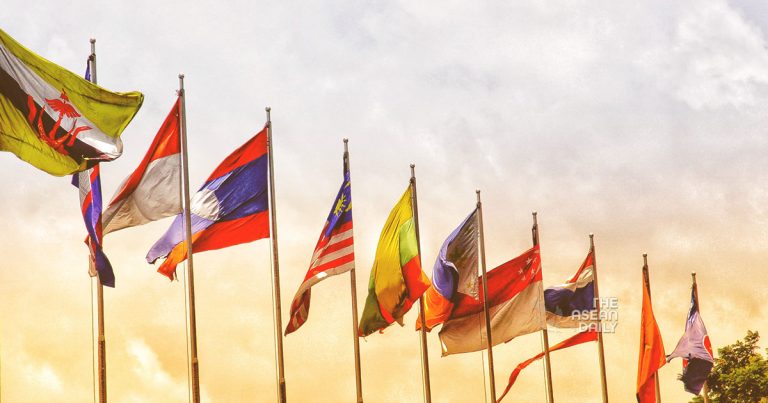10-12-2024 (KUALA LUMPUR) The Association of Southeast Asian Nations (ASEAN) is embarking on an ambitious initiative to strengthen regional economic integration through improved transportation and logistics networks, as member states seek to shield themselves from mounting global uncertainties.
Transport ministers and industry experts gathered in Kuala Lumpur this week to address the challenges of streamlining cross-border procedures and eliminating bureaucratic hurdles that currently impede seamless regional trade.
Malaysian Transport Minister Anthony Loke highlighted ASEAN’s progress, particularly citing the successful implementation of the open skies policy. “We’re witnessing significant advancement in regional connectivity, with plans underway for port digitalisation and enhanced information sharing amongst ASEAN ports to boost competitiveness”, Loke said.
A notable development has been the launch of the ASEAN Express cargo rail service in June, connecting Malaysia to China via Thailand and Laos. However, the service currently faces operational challenges, with journey times extending to nearly two weeks instead of the projected eight days, primarily due to technical complications involving track gauge differences and border clearance procedures.
Thailand has demonstrated its commitment to the regional connectivity agenda through several infrastructure projects. Thai Deputy Prime Minister and Transport Minister Suriya Juangroongruangkit revealed plans for an ambitious land bridge project in southern Thailand, scheduled for completion by 2028. The project aims to provide an alternative route to the increasingly congested Malacca Straits.
Industry leaders, however, emphasise that infrastructure development alone is insufficient. Ruben Emir Gnanalingam, executive chairman of Westports, Malaysia’s largest listed port operator, stressed the importance of cost-effectiveness: “The critical factor is achieving seamless connectivity at competitive rates to ensure market viability”.
Chris Humphrey, executive director of the EU-ASEAN Business Council in Singapore, pointed out a fundamental challenge: “ASEAN members must transition from competition to collaboration, leveraging each other’s strengths rather than competing for foreign investment and trade opportunities”.




